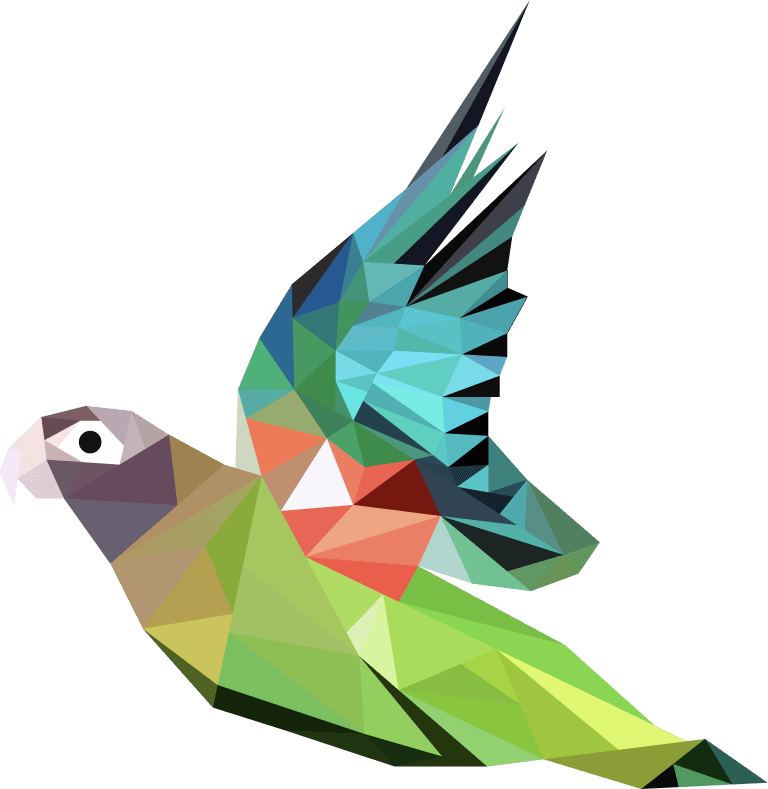Tillbaka
Circadian Rhythms: How Our Internal Clocks Dictate Sleep Patterns

Introduction
Our bodies are governed by an internal clock, known as the circadian rhythm, which plays a crucial role in regulating our sleep patterns among various other physiological processes. Understanding the intricacies of circadian rhythms is not just an academic pursuit; it's a practical tool for enhancing our sleep quality, boosting our productivity, and maintaining our overall health. These rhythms, influenced by the natural light-dark cycle of our environment, dictate when we feel alert and when we feel sleepy, essentially controlling numerous aspects of our physiological and psychological well-being.
In the bustling world we live in, where artificial light and irregular schedules often disrupt our natural rhythms, it becomes increasingly important to understand how these internal clocks work. By aligning our lifestyle with our circadian rhythms, we can improve not just our sleep but also our mood, energy levels, and even our risk of various health issues. This understanding also opens up avenues for using technology, like Pyrilia, to track our sleep patterns and make informed decisions that support our natural circadian rhythms, thereby enhancing our life quality.
What Are Circadian Rhythms?
Circadian rhythms are 24-hour cycles that are part of the body's internal clock, running in the background to carry out essential functions and processes. One of the most important and well-known circadian rhythms is the sleep-wake cycle. These rhythms are not just abstract concepts; they have concrete manifestations. For instance, they influence the release of hormones like melatonin, which promotes sleep, and cortisol, which helps us wake up.
These internal clocks are primarily synchronized with the external environment through light signals received through the eyes, transmitted to the brain's suprachiasmatic nucleus (SCN), which is considered the body's master clock. The SCN processes this information and aligns the body's functions accordingly, signaling when it's time to be awake and when it's time to sleep.
But circadian rhythms aren't solely influenced by external light; they also follow their intrinsic pattern, which is why they are termed "circadian," from the Latin words "circa" (around) and "diem" (day). Even in the absence of external light cues, such as when a person is in a completely dark room for an extended period, the body's internal clock continues to operate, albeit with slight deviations from the 24-hour cycle.
This internal timing mechanism is crucial for our well-being. It affects not just our sleep but also our digestion, body temperature, immune system, and even our cognitive functions. When our internal clock is in sync with the external environment, we feel better, perform better, and maintain better health. Conversely, when there's a misalignment—such as when we experience jet lag or pull an all-nighter—our physical and mental health can be significantly impacted, highlighting the critical role of circadian rhythms in our daily lives.
Om du gillade inlägget, överväg att gå med i Pyrilia.
Pyrilia är den perfekta platsen att lagra dina tankar, minnen och reflektioner.
Fånga dagliga tankar, lyft fram meningsfulla upplevelser och återupplev dem med vår unika Replay-funktion. Omfamna en resa av förbättrade minnen och självupptäckt. Din berättelse, vackert bevarad.
Prova det

Kolla in våra andra inlägg:




